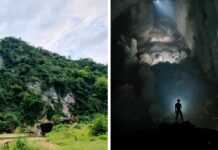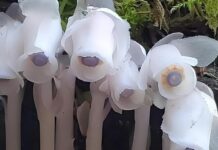Macro photographer captures stunning images of microscopic snow flakes you have to see to believe.
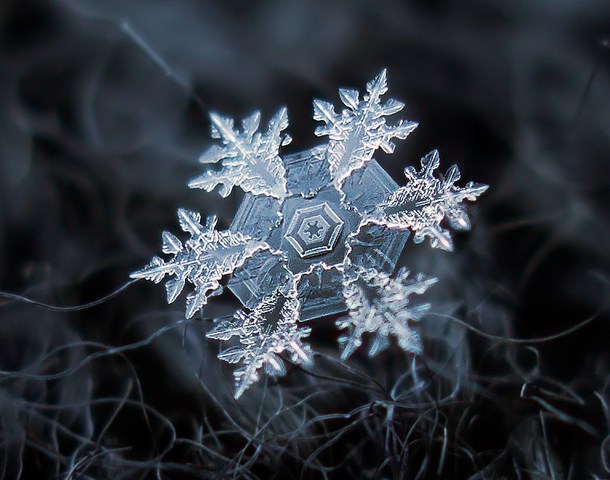
Historically, snowflake photography has been a complex venture, involving microscopes and other expensive equipment:
But a Russian man has come up with his own method using a simple point and shoot camera taped together with a lens from an old film camera, and the results are fantastic:
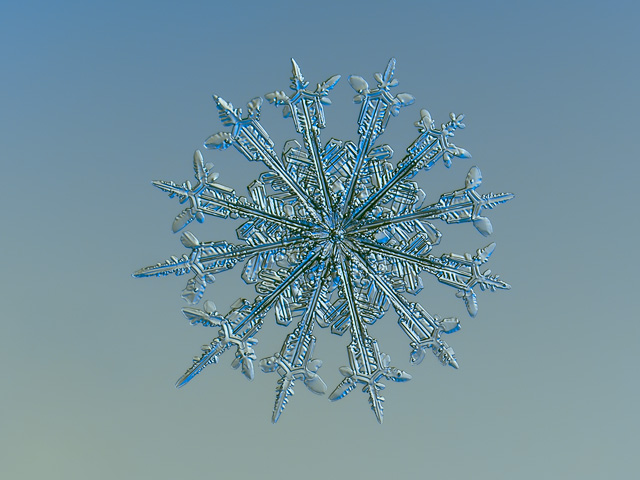
Alexey Kljatov
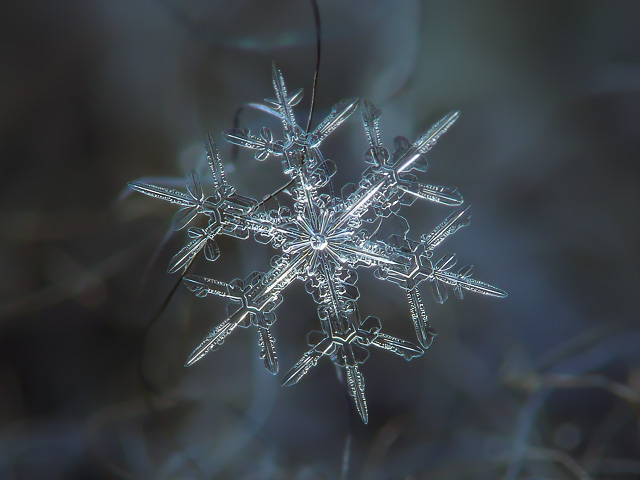
Alexey Kljatov
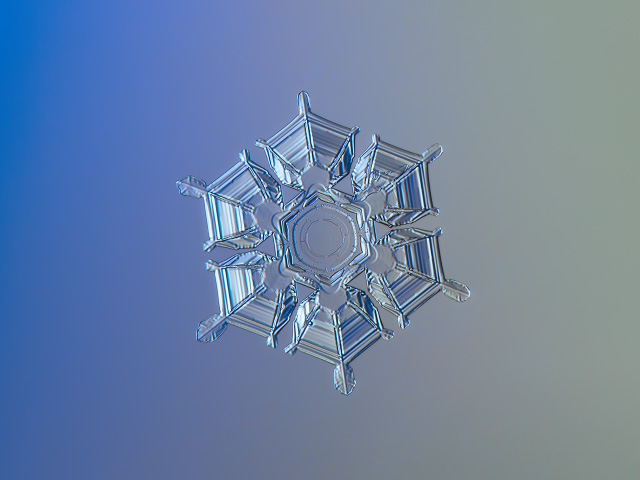
Alexey Kljatov
He takes the photos from his balcony during snowstorms, using either black woolen fabric or LED-lit glass as his backdrop:
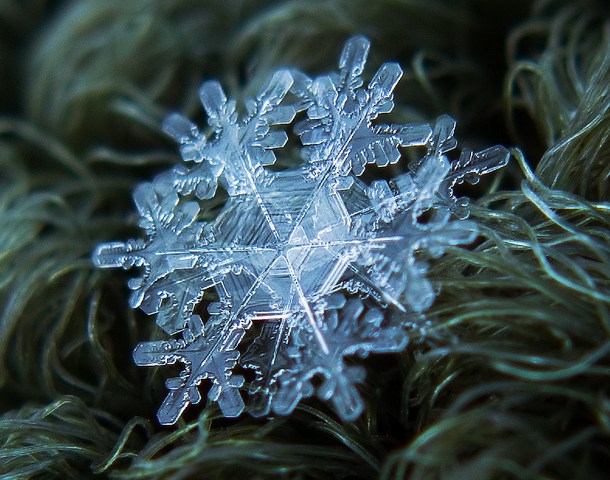
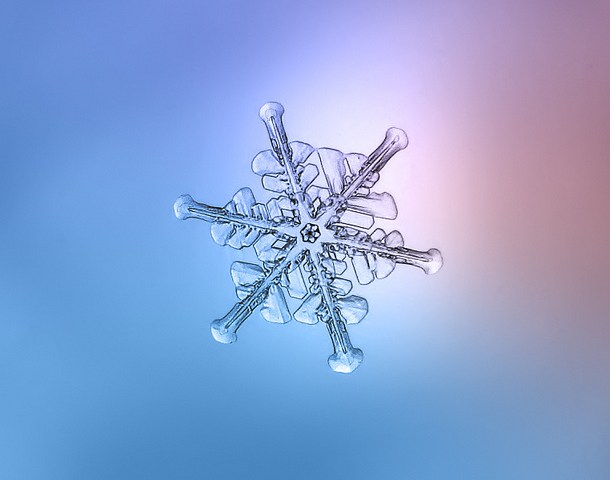
“Even after eight winters of regular photo sessions, seeing thousands of snowflakes in all their details, I do not get tired of admiring new crystals with amazing form or an incredible inner pattern,” Alexey Kljatov writes on his website.
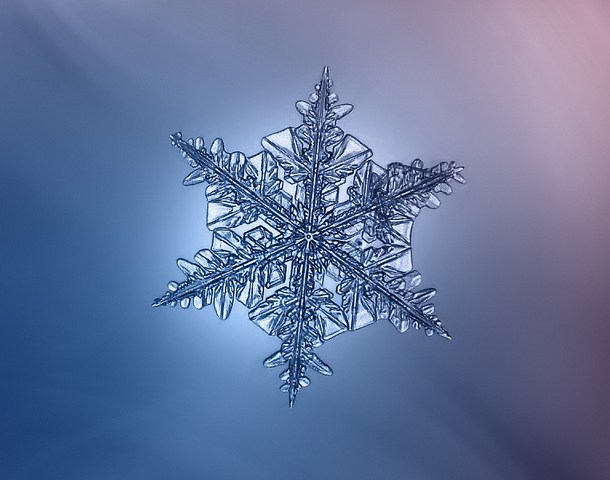
Alexey Kljatov
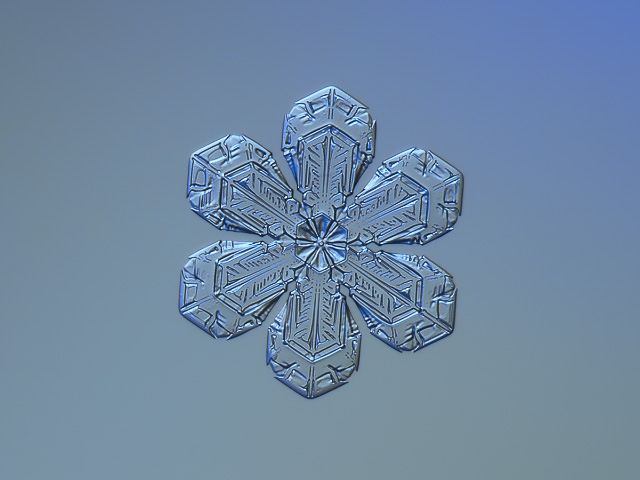
Alexey Kljatov
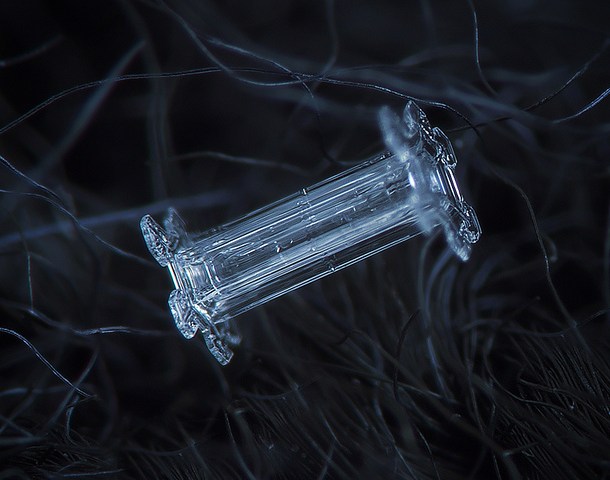
Alexey Kljatov
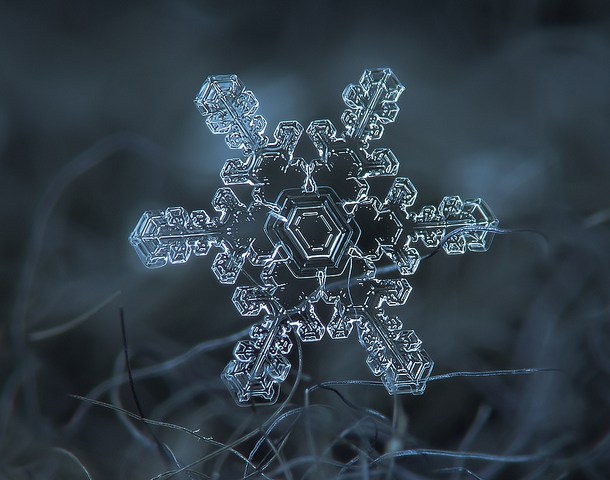
Alexey Kljatov
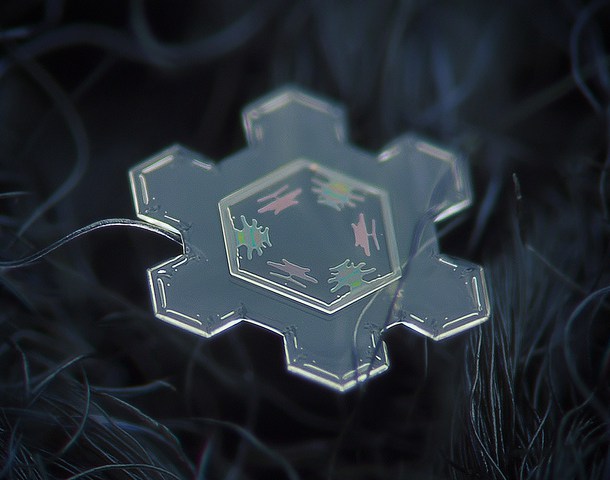
Alexey Kljatov
“Some people think that snowflake photography is a complex matter, and requires expensive equipment, but in fact it can be inexpensive, very interesting and quite easy, after some practice,” Kljatov says.
He explains his methods in detail on his website.
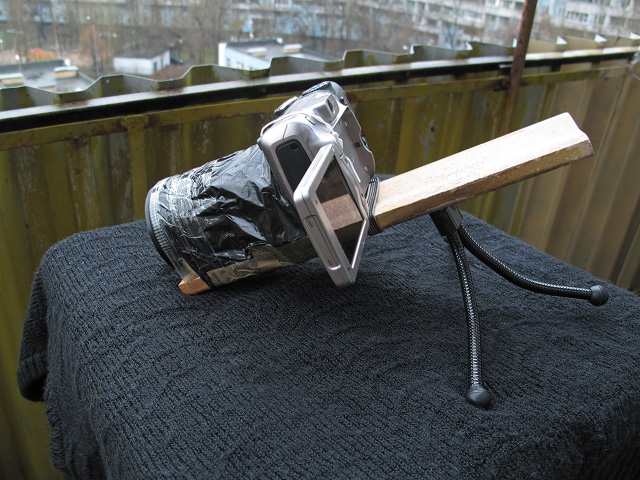
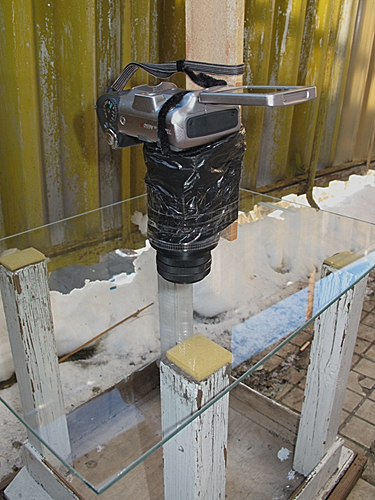
Kljatov says his work was inspired in part by the “snow flake scientist” Kenneth Libbrecht, a physics professor and avid snowflake photographer, whose work can be found on SnowCrystals.com.
“A stellar snow crystal begins with the formation of a small hexagonal plate, and branches sprout from the six corners when the crystal grows larger, Libbrecht explains on his website.
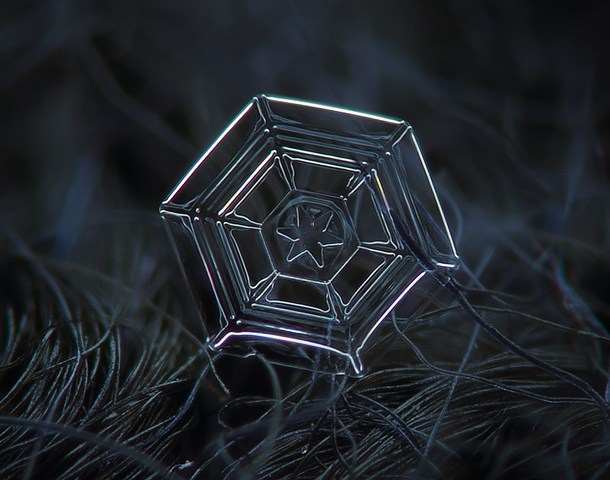
“As it tumbles through the clouds, the crystal experiences ever changing temperatures and humidities, and each change makes the arms grow a bit differently.”
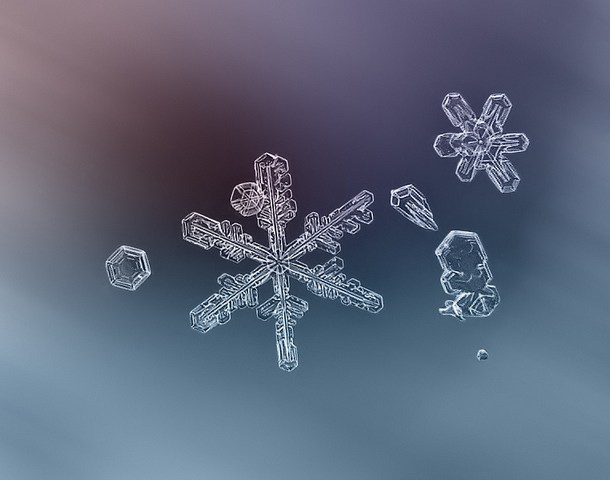
“The exact shape of the final snow crystal is determined by the precise path it took through the clouds … And since no two snow crystals follow the exact same path through the clouds as they fall, no two look exactly alike.”
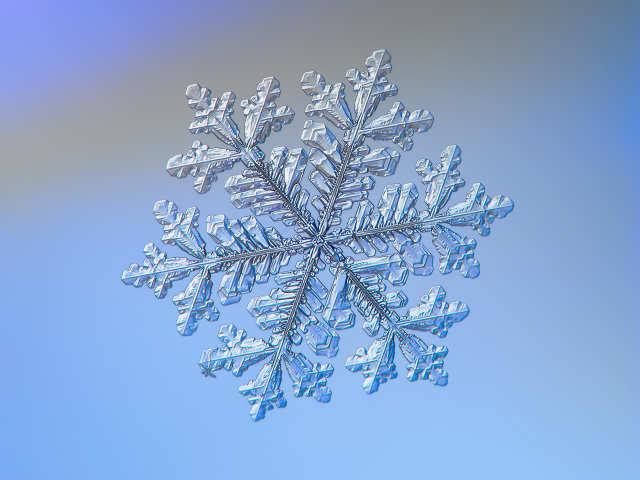
Alexey Kljatov
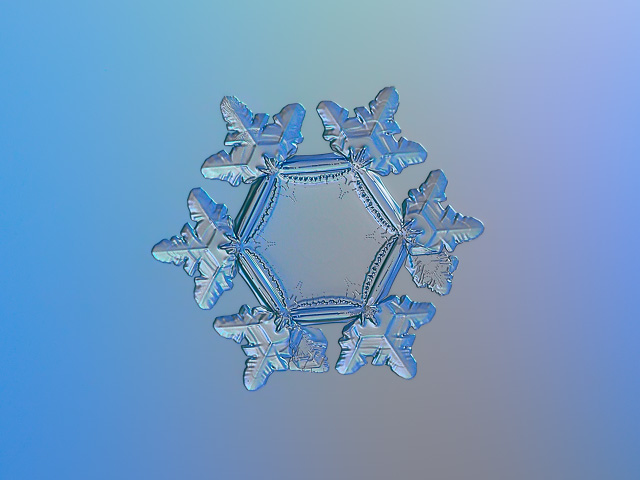
Alexey Kljatov
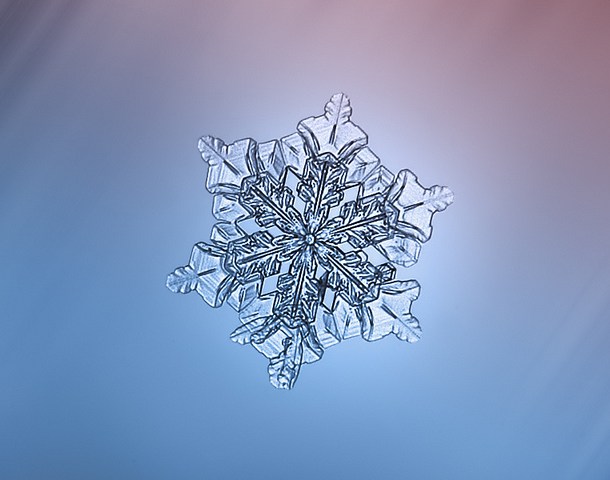
Alexey Kljatov



